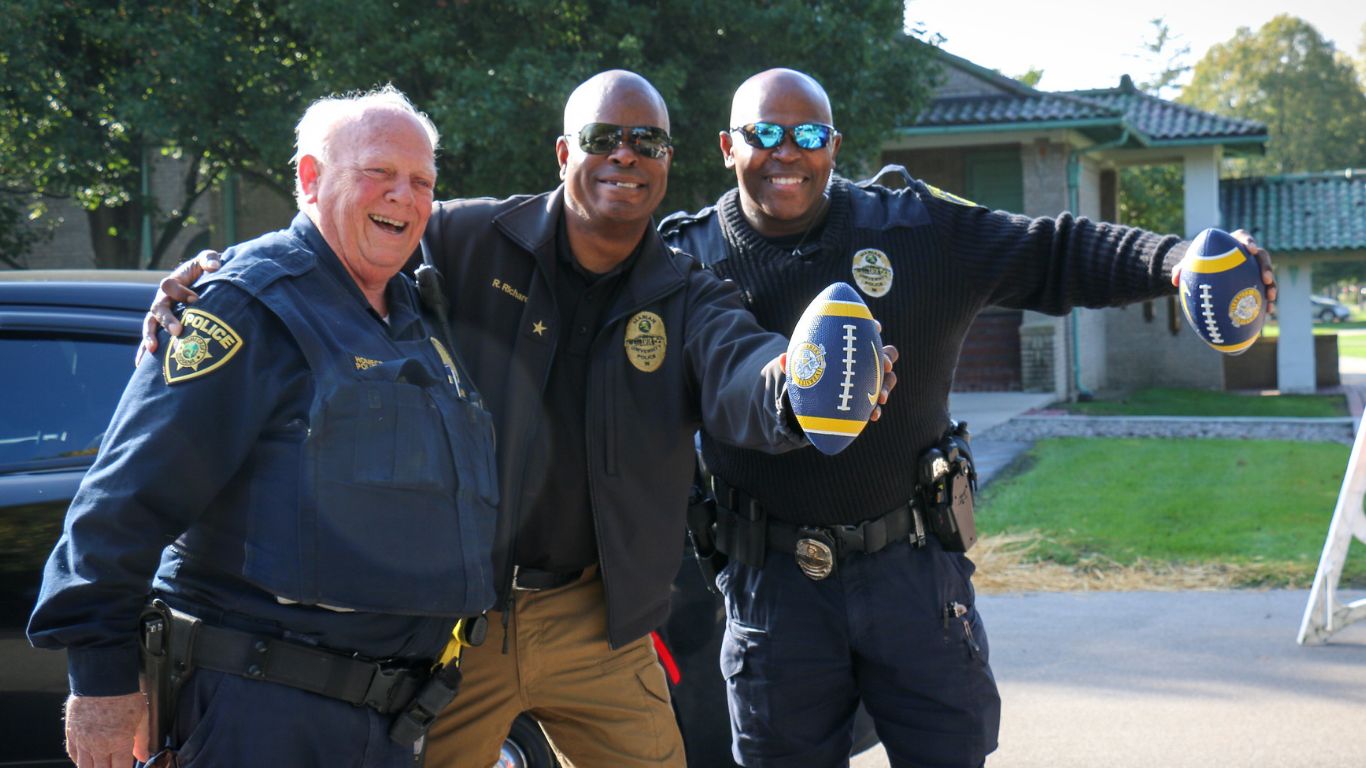
From grabbing a coffee with friends at our on-campus Starbucks to cheering on the Knights with the Marian Maniacs to walking the trails of our 75-acre nature preserve, Marian University is more than just a place to study and earn a degree—it's a transformative journey filled with endless possibilities.

First-year students and Sophomores are able to live here in single, double, or triple occupancy rooms with a community bathroom on each floor.

First-years students stay here in double rooms with a community bathroom on each floor.

Sophomores, Juniors and Seniors can be in Clare Hall with a variety of living and learning communities.

Upperclassmen live in Drew Hall in single, double, or triple suite-style rooms with a shared bathroom and private living room

Upperclassmen live in University Hall with single, double, and triple rooms that are suite-style with a shared bathroom.

The Overlook is a housing option for Marian University medical and graduate students.
The Marian University Police provide 24-hour-a-day patrol protection to the campus, including parking lots and residence halls.


Here at Marian University, we want to ensure you have a successful college experience. The Office of Academic Engagement offers varieties of services to help your learning needs.